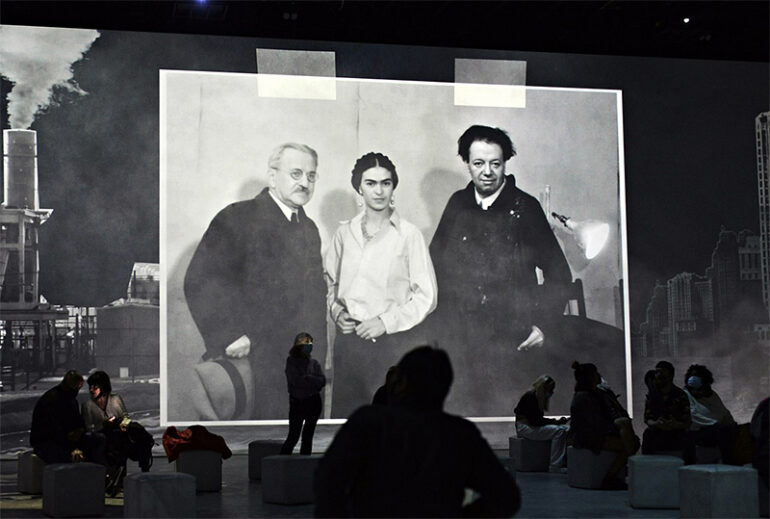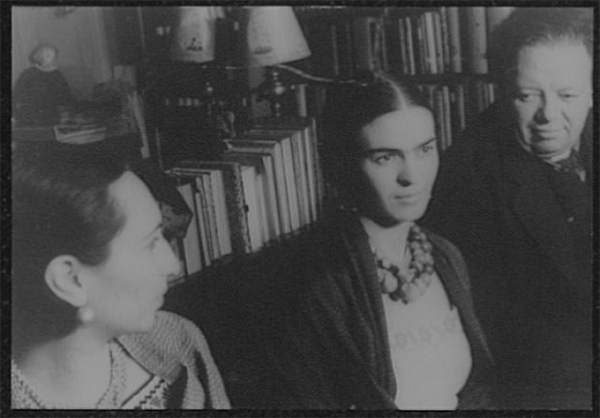Frida Kahlo, an iconic artist from Mexico, had a very tempestuous life from which she developed a bold style. In her eviscerating self-portraits and her working through the colors, Kahlo probed down into her own psyche and worked through such subjects as pain, identity, and resiliency. Her rich symbolism and cultural motifs keep adding to the worldwide audience which appreciates her work. Consistent with that, Kahlo’s legacy abides, belonging to a fearless avant-garde and an empowering and doting challenge with might; mostly, it will refer to the element of individuality within the norms of society.
Early Life and Influences
Without a doubt, Frida Kahlo‘s formative years were filled with a number of very important events that would definitely weigh very heavily upon her life and her work as a visionary artist. Born in 1907 in Coyoacán, Mexico, Kahlo’s early life was colored both physically and emotionally. One such defining moment of her life came when she was 18 years old and she had an accident while traveling on a bus, which proved tragic and caused some lifelong injuries to her. This terrible experience has affected not only her physical well-being but has penetrated to be part of the core theme of her later works, revealing resilience and introspection.
Artistic Style and Techniques
Frida Kahlo managed to assimilate the influences of surrealism like no one else and combine them with a stormy, raw emotional expression. In her self-portraits, she brought a journey into the depth of the psyche and gave, through that medium, haunting power to her images. The use of strong colors, complex symbolisms, further detailed scrutiny, depth, and sophistication of Kahlo’s painting brought the influences and outputs to their zenith with the use of Mexican folk elements and native cultural motifs as tools.
Themes and Symbolism in Frida Kahlo’s Work
Themes and symbolism in the work of Frida Kahlo represent what mirrors identity, personal, cultural, and feminist issues. Identity, pain, and the diversities of human existence comprise the center of her art. With recurring elements of nature, animals, and religious iconography, Kahlo laid meaning thickly over meaning in her paintings, drawing viewers into contemplation of the universal through the specific. Every brush stroke and sign in the painting is a window to the world—world of inner life—with its deep feeling, fueling creative fire.
Legacy and Impact of Frida Kahlo
The lasting heritage of Frida Kahlo goes beyond the frontiers of art to touch people from all around the globe through centuries. The bold exposure to pain, passion, and surviving still encourages artists, feminists, and people trying to figure out their identity. Kahlo’s influence reaches far within the realm of artistry, as she still remains one of the leading and powerful symbols toward empowerment and rebellion against all cultural norms. In her art and her life, she has left marks on the cultural landscape that speak with vigor against the notion and cry out for individuality.
Frida Kahlo left a rather deep artistic heritage, witnessing absolute, unbending courage, resilience, and frankness in self-expression. In her brilliant and intriguing self-portraits with rich symbolism, she opened up the depths of human existence, attracting spectators’ thoughts to such themes as pain, identity, and empowerment. Kahlo’s legacy has outgrown both time and borders; her art and paintings remain to resonate with people from all over the world, inspiring the new generational trend of artists and feminists who will consider their unique voice and break the ground for other women to tell their stories through their chosen arts.
Photo Attribution:
1st & featured image by https://commons.wikimedia.org/wiki/Category:Frida_Kahlo#/media/File:Biografia_Frida_Kahlo_IDEAL_Barcelona_(24).jpg

